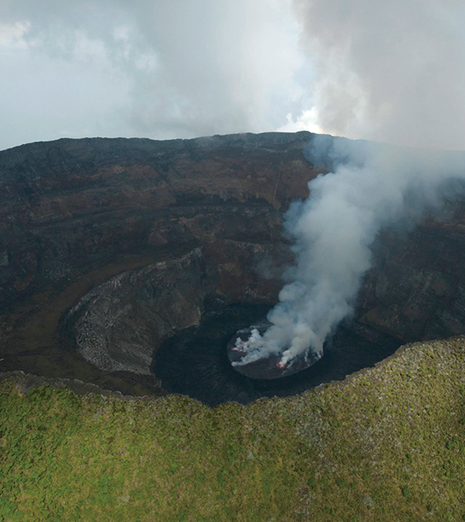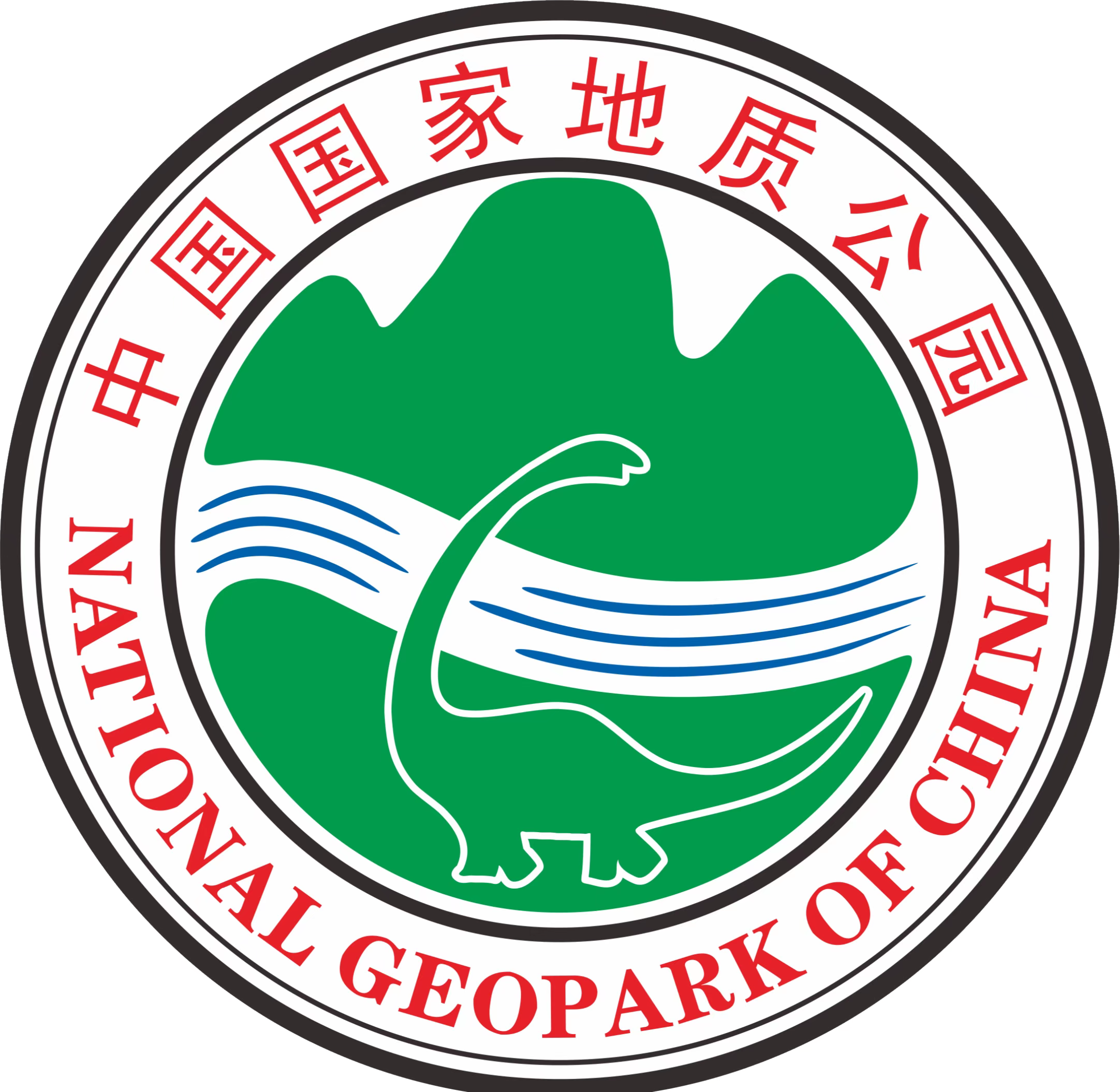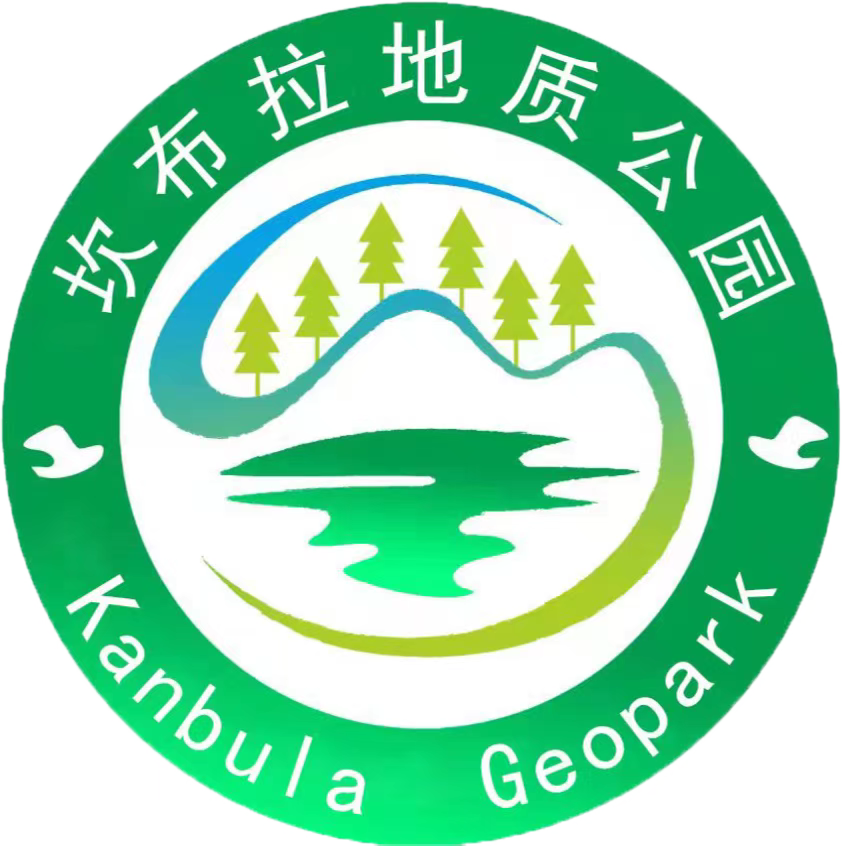Areas of volcanic activities are related to crustal fault zones, strong neotectonic movement zones, or weak zones at the edges of active plates, and are often distributed as belts with regular patterns.
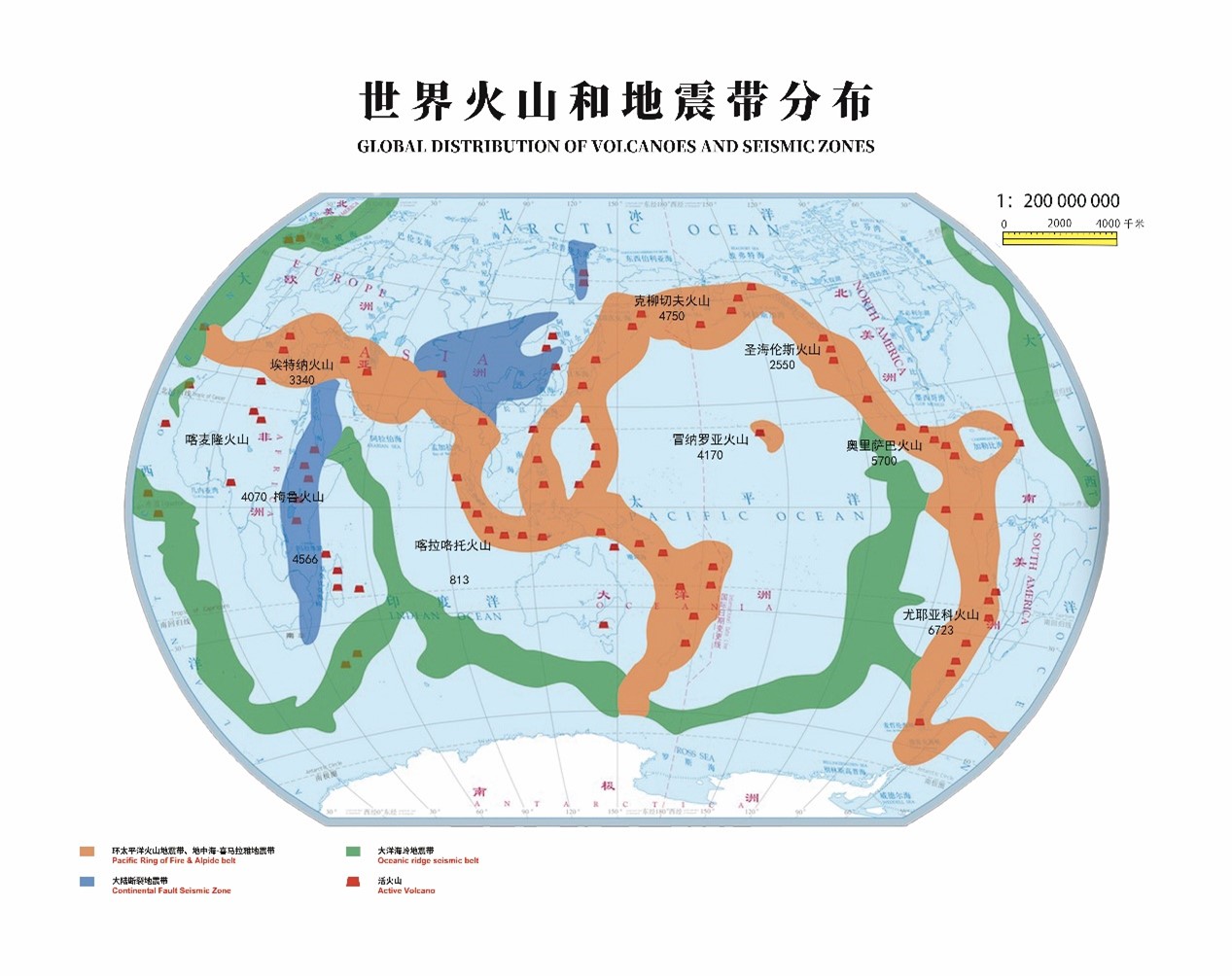
Countries known for volcanoes include Italy, Indonesia, Japan, Iceland, and some American countries. Most of them have recent volcanic activities. Some famous volcanoes are within the UNESCO Global Geoparks.
Mount Vesuvius, 1,277m high, located on the west coast of Kampanya, Italy (40° 49' N, 14° 26' E), has the world’s largest volcano observatory. Vesuvius is a cone-shaped volcano with a flat top.
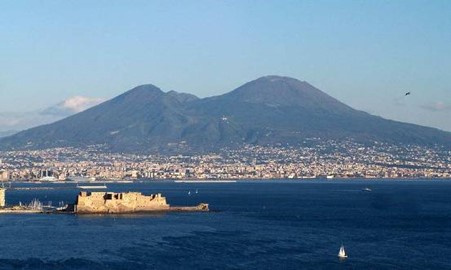
St. Helens is located in Washington state, USA, with an altitude of 2,549m, in the Cascade Range. Among the many volcanoes in the Cascade Mountains, St. Helens formed about 40,000 years ago and is relatively young. Its eruption in 1980 is the largest one in the recent world.
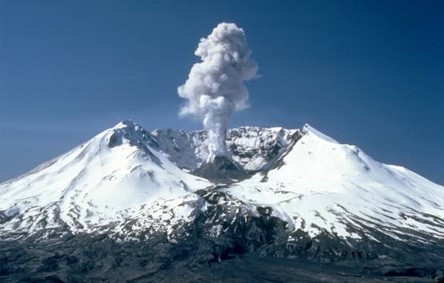
Mount Tambora, Indonesia, located in the north of Sumbawa island in Indonesia, is a composite volcano with an initial altitude of 4,100m. After being dormant for 5,000 years, Tambora produced the largest volcanic eruption ever recorded in 1815.
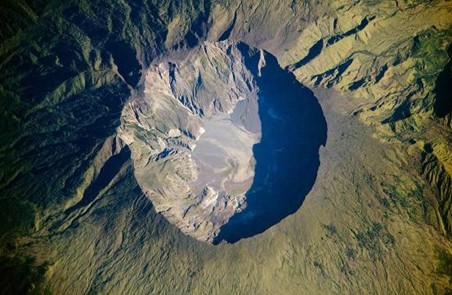
Krakatoa, Indonesia is in the Sunda Strait between Java and Sumatra, within a UNESCO Global Geopark. At present, the altitude is 813m, and the area above water is 10.5km2. Krakatoa is an active volcano. Although it is not very large, it is strongly active. It erupts continuously in history, the most famous one was the great eruption at VEI-6 in 1883.
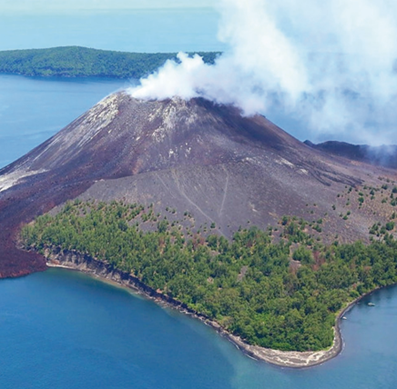
Mount Fuji, Japan, a world-famous volcano, is known as the "volcano museum". It is located at the boundary between Shizuoka County and Yamanashi County in the south-central part of Honshū, Japan. With an altitude of 3,776m and an area of 90.76 km2, it is the highest mountain in Japan, and it is almost composed of basalt.
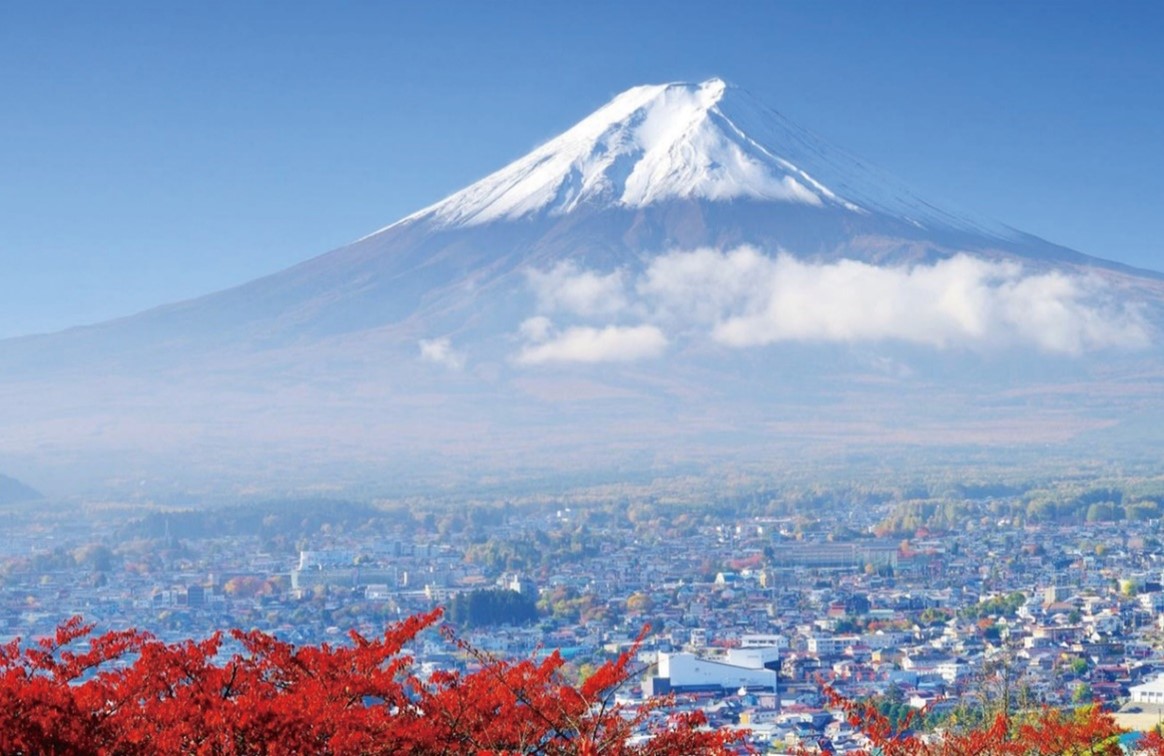
Icelandic volcanoes: Iceland is an island country in northern Europe, located in the middle of the North Atlantic and close to the Arctic Circle. With an area of 103,000 km2, Iceland is the second largest island in Europe. Iceland is a volcanic island. Almost the whole country is built on volcanic rocks, and basalt is the most common type. Iceland is famous for being a "polar volcano Island," with a total of 200-300 volcanoes, of which 40-50 are active volcanoes, most of which experience quiet effusive activities.
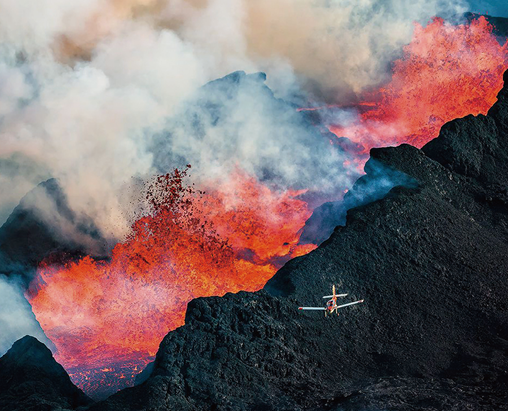
Mayon, the Philippines, located 330km southeast of Manila, the capital of the Philippines, has a complete and typical volcanic cone. It has been turned into a national park and is a famous tourist attraction. The Mayon volcano erupted on February 2, 1993, killing 77 people, and it erupted many times in 2001.
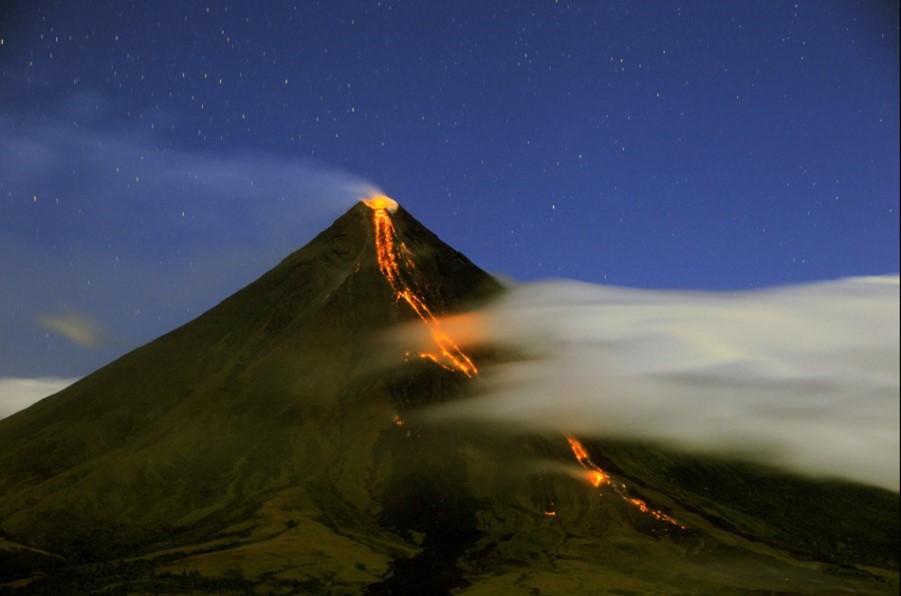
Pinatubo, the Philippines is a volcano located on Luzon Island in the Philippines, 1,486m above sea level. Volcanologists from the Philippine Institute of Volcanology and Seismology and the U.S. Geological Survey predicted the eruption of Mount Pinatubo, saving thousands of lives. However, the violent volcanic eruption still caused more than 300 deaths and huge property losses.
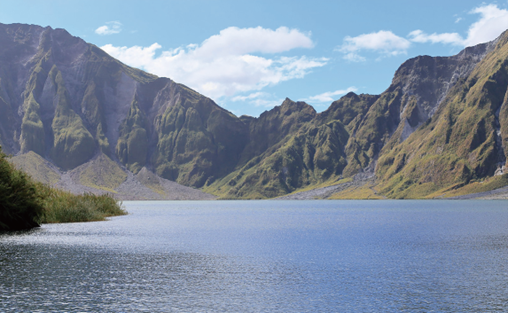
Nyiragongo is one of the most famous volcanoes in Africa. It is located 10 km north of Goma City, capital of North Kivu province, Congo (DRC), and 3,469m above sea level. It is an active volcano in the Virunga Volcano Group in Central Africa and one of the most dangerous volcanoes in Africa.
